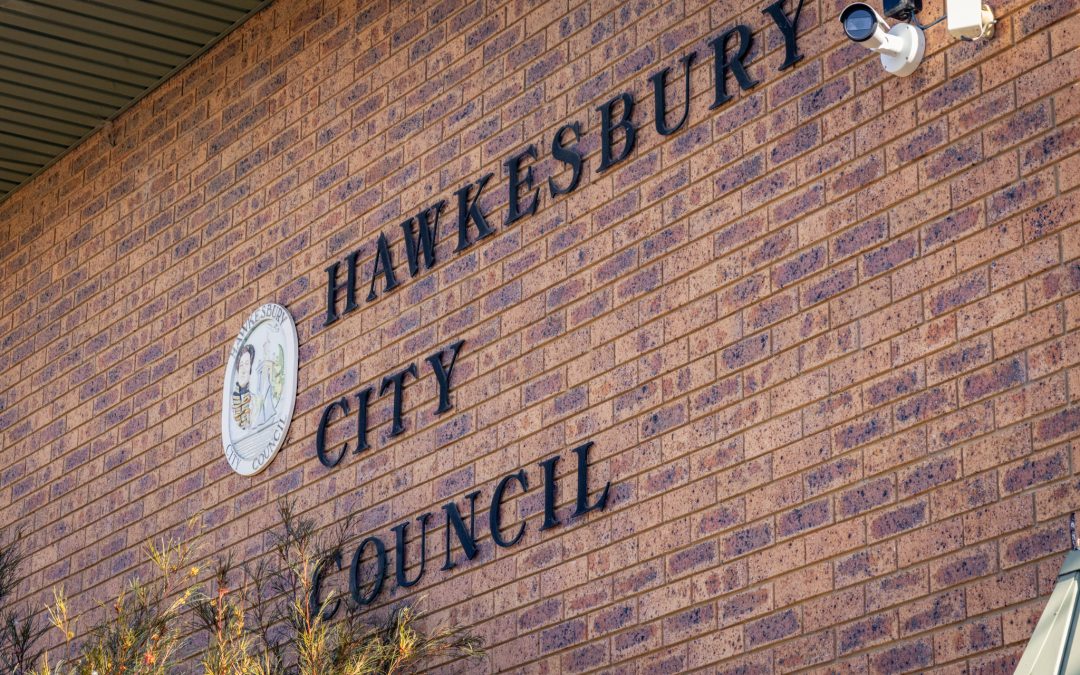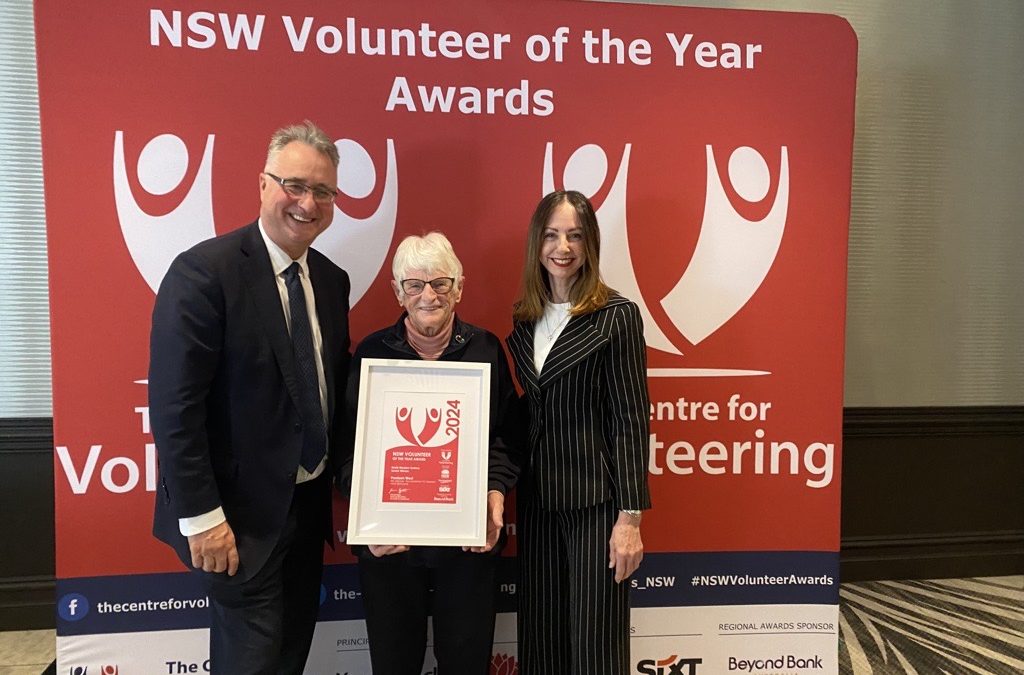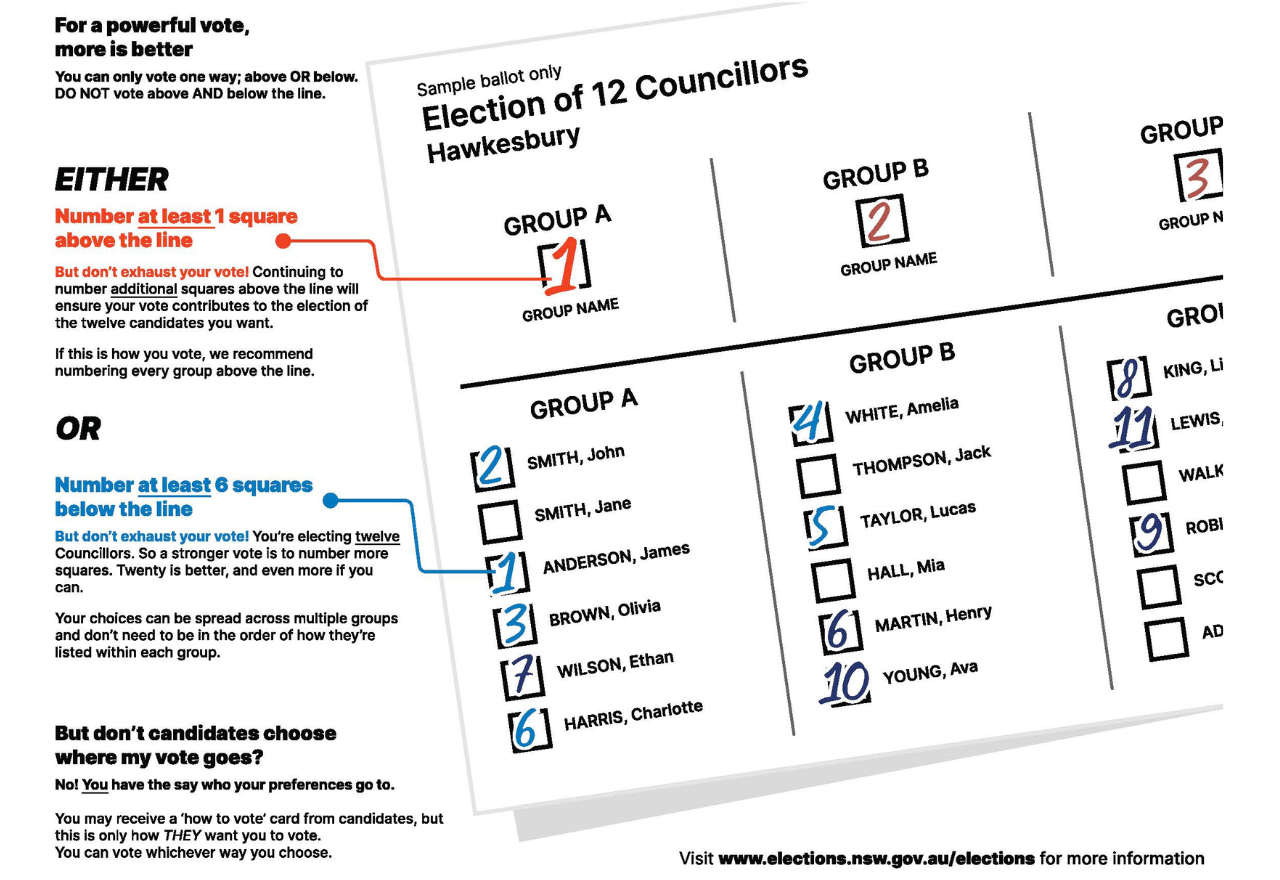Hawkesbury Post contacted all...


Hawkesbury Post contacted all...

In a heartwarming recognition of community...

After more than two decades of dedicated service, the...
Day(s)
:
Hour(s)
:
Minute(s)
:
Second(s)
Have you ever wondered why some potholes on Hawkesbury roads get fixed quickly while others linger for ages? Or why has the Council just not approved and moved forward on the Richmond Bridge or specific DAs? You may be a young, first-time voter wondering why Council elections matter.
The answers lie in understanding Australia’s three levels of government—who’s responsible for what, what we can reasonably expect from our councillors, and why it’s important to have your say.
With a council election coming up on 14 September, it’s worth knowing how to manage your expectations of what councillors can feasibly deliver and how to understand when candidates promise things they will never be able to deliver because they are beyond their remit.
The Three Tiers of Government
Australia’s government structure is designed to be a well-coordinated team, each tier having specific roles yet working together for the greater good.

Local council elections in New South Wales, Australia are set for September 14. Hawkesbury residents will choose 12 councillors for our local council. If you’re over 18 and registered to vote, you must vote. Find your polling station on the elections.nsw.gov.au website.
You’ll get one ballot paper. It’ll have group names above a line and 6-8 names in each group below the line. Ungrouped candidates (those running alone) will be listed below the line.
To make your vote count, select the minimum number of candidates shown on your ballot. You can vote either “above the line” by ranking groups or “below the line” by ranking individual candidates.
Because of the way our votes are counted (preferential voting) the more numbers you mark on the ballot, the longer your vote counts – your first choice may not make it through, but your second or subsequent choices might.
You must vote above OR below the line—not both!
Voting above the line:
Put a ‘1’ next to your first choice group. This means you’re voting for all the candidates in that group in the order they are listed. You can rank more groups by writing 2, 3, and so on in order of preference. This is the easiest way if you want the lead candidate in a group to get in.
It’s important to note that if you vote above the line, don’t write anything below it.
Voting below the line:
Write ‘1’ next to your first choice, ‘2’ for your second, and so on. Make sure you pick at least the minimum number of candidates as directed. Choose below the line if you want to select specific candidates from one group in your own order or vote among candidates from different groups by name. If you vote below the line, don’t write anything above it.
You can ask for help if you need it, and you can take someone to the voting booth with you if you need to. Your vote matters, so make it count.
The polls close at 6 p.m. on election day. The ballot boxes are then unsealed, and the papers are sorted and tallied. Multiple counts are conducted before the final results are announced.
Candidates may designate scrutineers to monitor the ballot counting process. These observers oversee the voting and tallying procedures to ensure the election is conducted fairly and properly.
We love this video that explains it clearly

FAQs
How do I vote to ensure that my favourite candidate has the best chance of success?
First, put your favourite candidate at number 1. Candidates often provide how-to-vote cards, which give you an idea of how they would like you to vote to give them the best chance.
You don’t have to follow their how-to-vote suggestions.
If they lead a group, voting above the line is your best option.
How can I vote for one or more candidates in a group but avoid having my vote count toward one or more others in the same group?
This is where below-the-line voting comes into play. You can vote for people within a group and avoid one or more particular candidates in that group. Your vote will not be allocated to that person. You must ensure you vote for the minimum number of candidates below the line.
How do I vote for an ungrouped candidate?
Ungrouped candidates are listed below the line, so you must vote below the line. Make sure you vote for the minimum number of candidates required.
For more information: https://elections.nsw.gov.au/elections/how-voting-works/voting-in-new-south-wales/how-to-cast-your-vote-in-a-local-government-election
How are votes counted?
We use a preferential voting system that ensures your vote counts for as long as possible. Preferential votes are tallied until a candidate receives more than half of all the votes.
On polling day, the vote counters check who everyone selected as their top choice and sort them into piles.
They then total up all those votes and see if any candidate has more than 50 per cent.
The candidate with the fewest votes is removed if no candidate has enough votes.
The vote counters then return to the ballot papers of voters who voted for the eliminated candidate as their first choice and check who they picked as their second choice.
Those votes are allocated to the remaining candidates. This process continues until one candidate has over 50 per cent of the votes.
If a voter’s first choice doesn’t succeed, their second choice might.